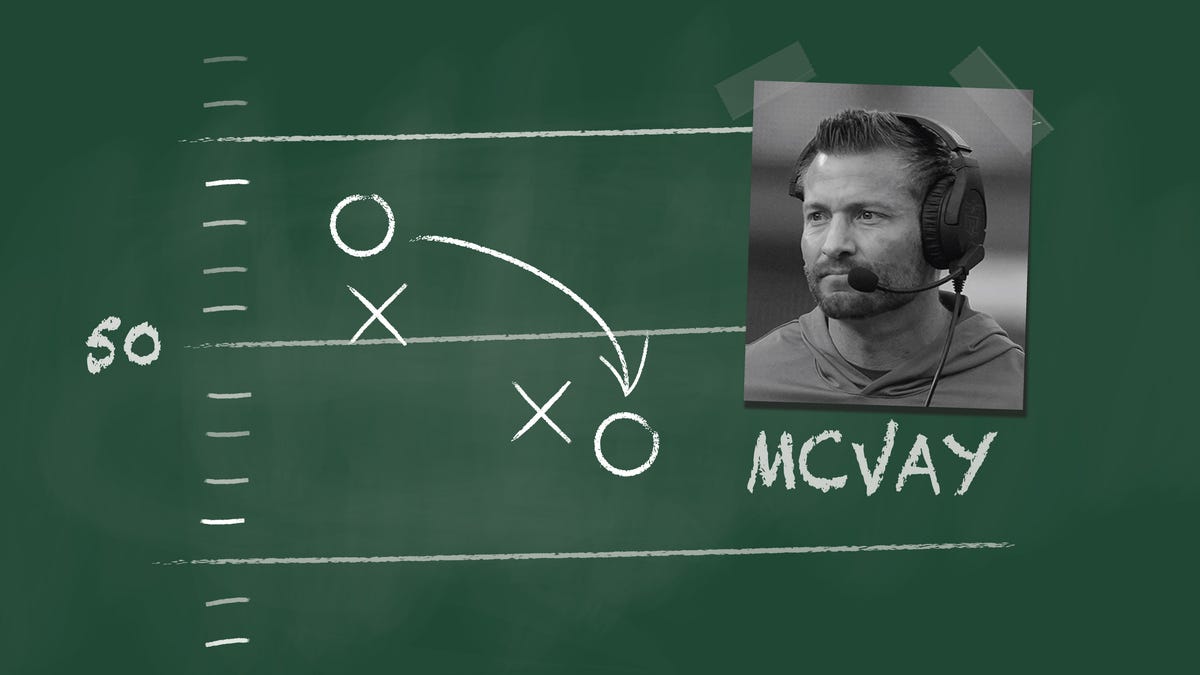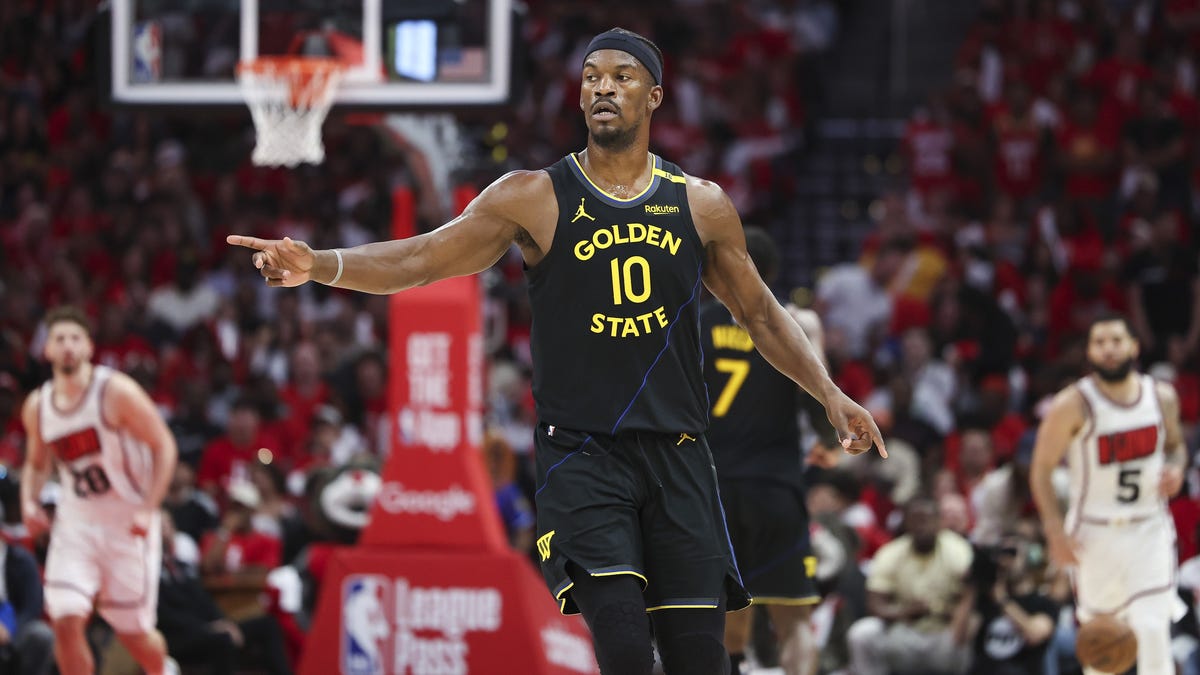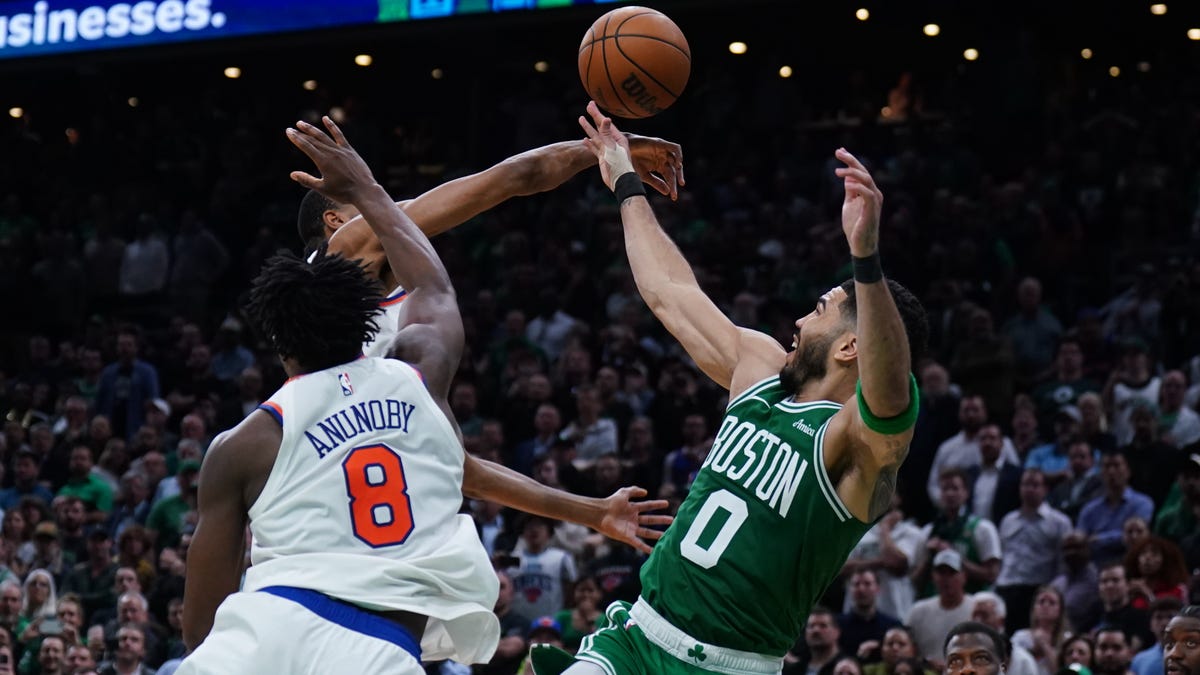Sean McVay was two weeks shy of his 31st birthday when the Los Angeles Rams hired him in 2017, making him the youngest head coach in modern NFL history.
In a league where grizzled veterans had long been the coaching archetype, the Rams’ decision to hire a 30-year-old drew plenty of skepticism. But it also proved to be inspired, with McVay leading the team to the Super Bowl in just his second year on the job.
It was the start, or at least the key inflection point, of a dramatic shift in hiring across the NFL.
As part of its NFL coaches project, USA TODAY Sports found the league’s coaches have gotten younger on a near-annual basis over the past decade, as owners have become increasingly willing to entrust their teams to upstart coaches in their 30s — often at the expense of more experienced veterans in their 50s and 60s.
According to USA TODAY Sports research, the average age for an NFL head coach plummeted from 53.4 years old in 2015 to 47.7 years old at the start of this season — the lowest mark in the NFL in at least 25 years. It also means NFL coaches are now significantly younger, on average, than the coaches and managers in each of the other so-called “Big Four” professional sports leagues: Major League Baseball, the NBA and the NHL.
“Before, the older coaches were the head coaches. … You needed to be in the league and get fired a couple times and bounce around a couple times until you’re hardened,” said Herm Edwards, the former NFL and college football head coach who is now an analyst with ESPN. “Now, they bring in these guys and they can communicate with the players. They understand what they like. And they’re not that far removed from (the player’s) age.”
Why are NFL head coaches getting younger?
Part of the shift in average age can be attributed to the departures of veteran coaches, such as Bill Belichick and Pete Carroll, who were each in their 70s when they left their teams at the conclusion of the 2023 season. But most of it comes down to hiring.
In the seven hiring cycles before McVay’s arrival in 2017, only 6% of NFL head coach vacancies (3 of 47) were filled by coaches in their 30s. In the seven cycles since, those 30-somethings — most of them white and offensive-minded — have gotten a whopping 36% of the jobs.
And more could be on the way. Detroit Lions offensive coordinator Ben Johnson, 38, is arguably the most sought-after coaching candidate in the ongoing hiring cycle; He reportedly interviewed for four jobs last week. And Joe Brady (35), Liam Coen (39), Mike Kafka (37), Kellen Moore (36), Drew Petzing (37) and Bobby Slowik (37) are among those also generating interest among the six remaining teams with openings. (The New England Patriots hired 49-year-old Mike Vrabel on Sunday.)
“I think what’s happened is it’s about the flavor,” longtime NFL head coach Ron Rivera told USA TODAY Sports when asked about the uptick in young head-coach hirings. “It’s about what everybody thinks (is) the reason why people are being successful.”
‘The Sean McVay Effect’
At McVay’s introductory news conference, it came as no surprise that the first question directed to Rams team president Kevin Demoff and general manager Les Snead was about their coach’s age.
“I think we always looked at that as just another descriptive word,” Demoff told reporters. “When you look at what the players said, this is about leading players. And their devotion to Sean, the way they feel, what you read about him, is to us what negated the age factor.”
The idea of hiring a head coach in his early- to mid-30s was hardly new at that time, but such hires had been rare —and the success stories even more so.
While owners have increasingly turned to younger coaches in recent years, USA TODAY Sports found no significant correlation between the age of a head coach and the success of his team — at least over the past 25 years.
USA TODAY Sports NFL Coaches Project
The second-youngest head coach in NFL history, Lane Kiffin, lasted just two seasons after being hired by the then-Oakland Raiders at the age of 31. Ditto for Josh McDaniels, whom the Denver Broncos hired at 32. Raheem Morris (with the Tampa Bay Buccaneers) and Eric Mangini (with the New York Jets) are among those fired after Year 3.
The Rams were betting McVay would instead turn out like John Madden and Bill Cowher — outliers who achieved and maintained success, despite their youth.
When McVay guided them to a playoff appearance his debut season, then a Super Bowl loss to the New England Patriots in Year 2, other teams began looking for their own exciting wunderkinds — a trend that colloquially became known as “The Sean McVay Effect.”
That offseason, four of the eight teams with head-coaching vacancies hired a head coach in his 30s — and three hired a proclaimed offensive whiz kid in the mold of McVay or San Francisco 49ers coach Kyle Shanahan, whose team would make its own Super Bowl run the following year.
“When one young coach has success, guess what? He has a couple guys that were on his staff that were young coaches, and they get a bite at the apple,” Edwards said.
“The league is just funny. It’s a copycat league.”
What research says about age, leadership biases
To Brian Spisak, a research associate at Harvard, biases surrounding age and leadership ability are neither new nor unique to NFL coaching. He’s found they stretch across professions and industries — and might even be rooted in our evolution as a species.
Spisak’s research found younger leaders are perceived as being innovative and adaptive — inherently capable of leading a group in a new direction or through a period of change. He said this might be because, at one point in human history, younger people were quite literally tasked with exploring new terrain because they’re generally more energetic and physically fit.
Older leaders, meanwhile, are more closely associated with stability and reliability, Spisak said. They were historically the ones left to protect or watch over a camp, or incrementally improve the way of doing things.
“The argument that we’ve had is that there’s these prototypes that we have in our head, that have very deep evolutionary history,” said Spisak, the program director of an AI and leadership course at Harvard. “We have these ingrained ideas of what older and younger (leaders) do that maybe, at some point, had relevance. But now it’s just an artifact. And then we’re susceptible to bandwagons.”
While owners have increasingly turned to younger coaches in recent years, USA TODAY Sports found no significant correlation between the age of a head coach and the success of his team — at least over the past 25 years.
Since 2000, teams with a full-time head coach under the median age of 50 have recorded a combined winning percentage of .504. Those led by coaches north of 50 have gone an even .500. The .004 difference between them amounts to one win over a span of 14 regular seasons.
“The age doesn’t matter” from a player’s standpoint, retired New York Giants quarterback Eli Manning said.
“I think it’s just all about experience. It’s all about how many coaches they’ve been under, who has impacted their style – their philosophy of being a head coach. It’s just about their leadership.”
Does more turnover mean younger NFL coaches?
Manning thinks more young coaches are being hired in the NFL simply because there are now so many more opportunities to hire them.
Including the current coaching cycle, 22 of the league’s 32 teams have changed head coaches in the span of just five years — and 11 of those teams have made multiple hires during that time. Owners these days appear willing to both take bigger metaphorical swings — and more of them.
“There’s a lot more turnover now than what there used to be,” said Manning, who is a finalist for this year’s Hall of Fame class. “So these great talents of coordinators … it’s hard to keep them as coordinators.”
Jed Hughes is the vice chairman and sports sector leader at Korn Ferry — a search firm stalwart who helped orchestrate the coaching searches that placed veteran coaches Andy Reid in Kansas City and Bruce Arians in Tampa Bay, among other notable moves. He thinks the shift toward young coaches hasn’t been the pursuit of youth but rather the pursuit of a system whose purveyors just so happen to be young.
McVay and Shanahan both got their start under Super Bowl winning coach Mike Shanahan, who is Kyle’s father, and they have become renowned for melding his core offensive concepts with the complex pre-snap motions and option plays that first made waves in college football. As their top assistants have been hired away by teams hoping to duplicate their success, Hughes noted McVay and Shanahan regularly elevated more young assistants — like Coen in Los Angeles or Mike McDaniel in San Francisco — into prominent roles like offensive coordinator that, 20 or 30 years ago, they would have likely had to wait to fill.
“They’re young because they had to replace the person ahead of them, who was young,” said Hughes, who spoke to USA TODAY Sports several weeks before the Las Vegas Raiders hired him to consult on their coaching and general manager search. “It happened by attrition.”
Sure enough, the shift toward hiring younger coaches is not just at the top of the proverbial coaching ladder.
USA TODAY Sports found on-field coaches at all levels of the NFL are more than two years younger, on average, than they were a decade ago. At the start of the 2024 season, NFL teams not only employed hundreds of coaches in their 30s but also 39 full-time assistants in their 20s — with the youngest, Christian Daboll of the New York Giants, just 23 years old.
How relatability, changes in NFL have impacted head coach hiring
The NFL has changed dramatically since Edwards got his first head-coaching job with the New York Jets in 2001. So too, he said, have the players who occupy it.
NFL players are “more aware than the athletes were 20 years ago,” Edwards said — more likely to ask why during a drill, and less likely to follow a blind command. They’re also more financially stable and market-motivated by the time they reach the league, he explained, because of recent rule changes that allow them to sign endorsement deals in college.
“By the time (a player) comes to you, he’s already got a nice car, he’s already earned a salary,” said Edwards, who most recently was the head coach at Arizona State before being fired in 2022.
“It’s a different type of athlete. … It’s not bad. It’s just the changing of time.”
Because of this, Edwards believes younger coaches might more easily relate to current players — including, but not limited to, the quarterbacks, who often define the success or failure of a coach’s tenure.
Spisak, the Harvard researcher, said NFL coaches might be getting younger simply because of broader changes in the league — namely the surge of data and analytics.
“It’s just an innovative time. And we’re trying to find leaders that can fully leverage all of that innovation,” he said. “Now, is that completely accurate that younger leaders are going to be better at leveraging all that innovation? Absolutely not. But that seems to be the bias that we tend to have.”
Spisak thinks the league is going through a period of change — like the advent of “moneyball” in MLB — and that, when a new reality settles in, owners could go back to hiring older head coaches again. After a series of young hires in 2009, for example, the average age of NFL head coaches then increased in four consecutive years.
This next wave of coaching moves, which is already underway with Vrabel’s hiring in New England, will offer the first clue of what’s to come — and whether the current trend will continue.
“If (owners) see something, they try to copy it, if it’s working,” Hughes said. “That’s one thing about the NFL: If something’s working, you better know how to stop it or hire the trend, if the trend still exists.”
Contributing: Chris Bumbaca and Jim Sergent
Contact Tom Schad at tschad@usatoday.com or on social media @tomschad.bsky.social.










